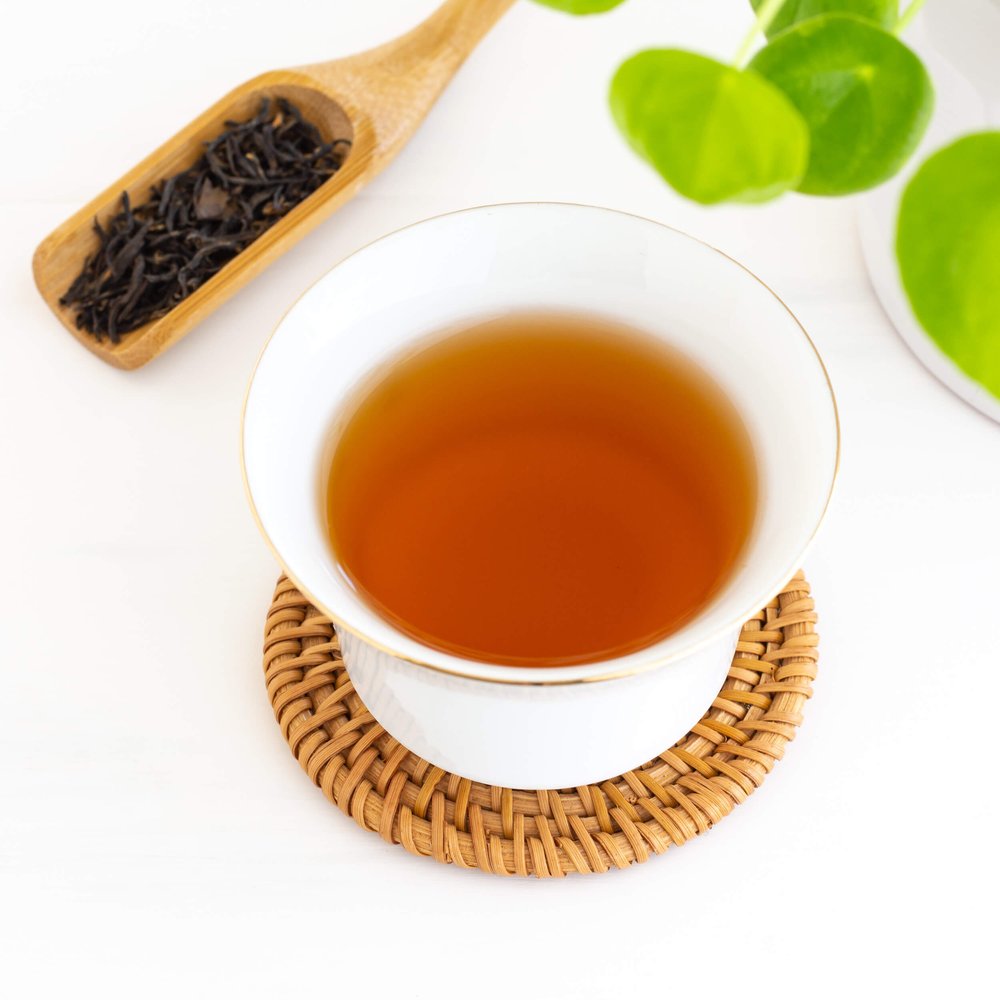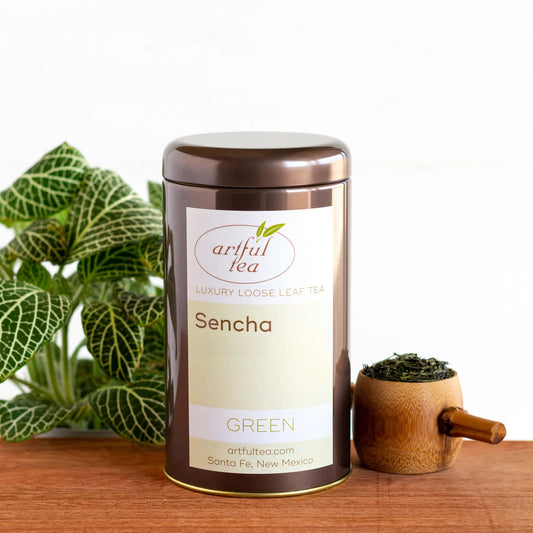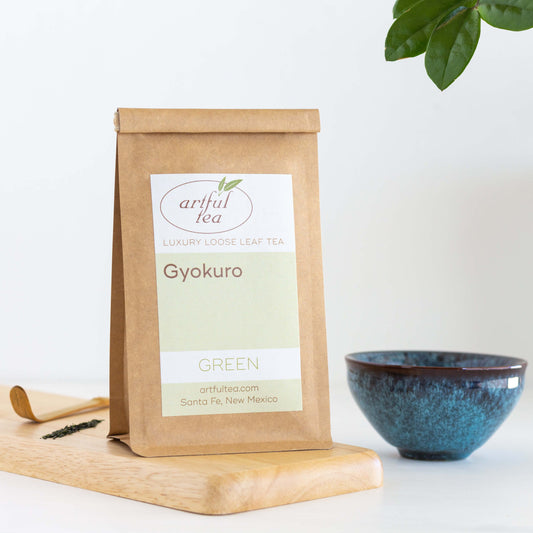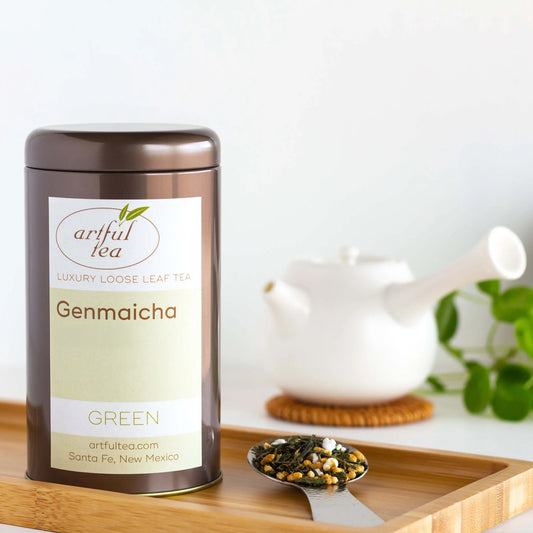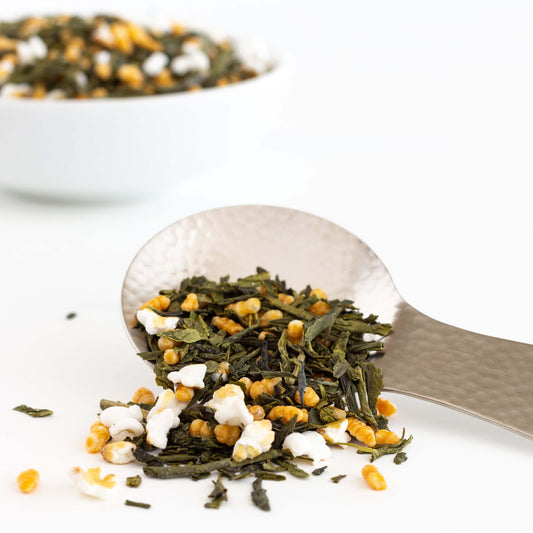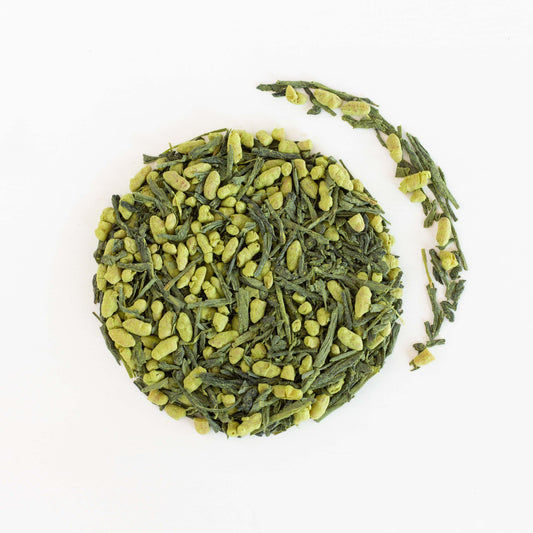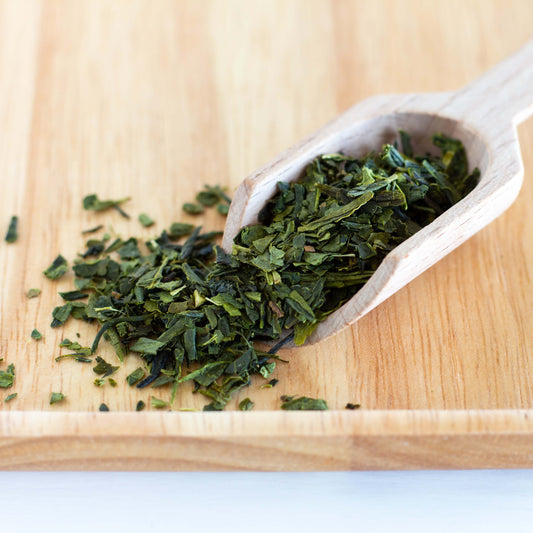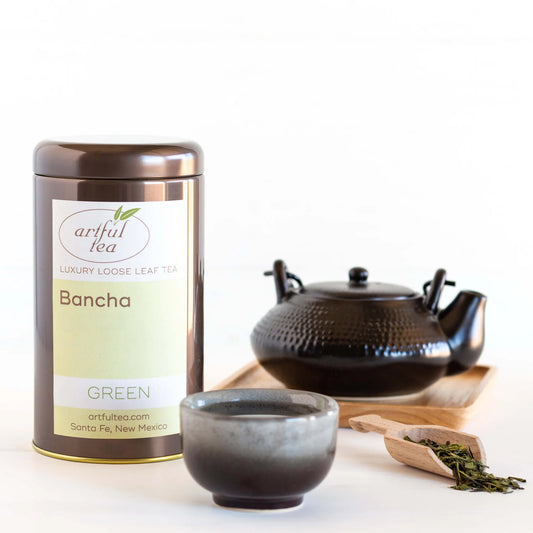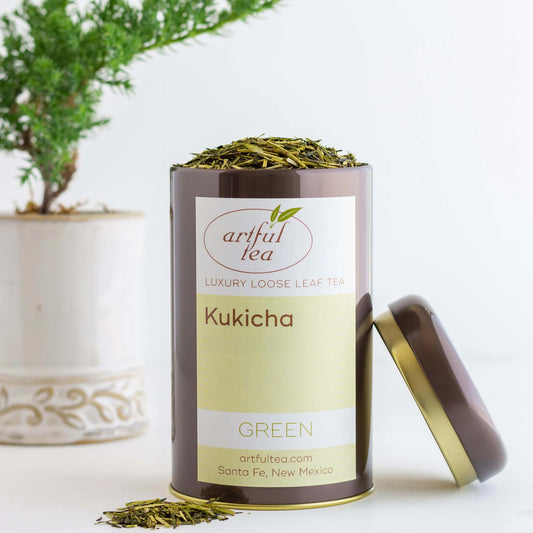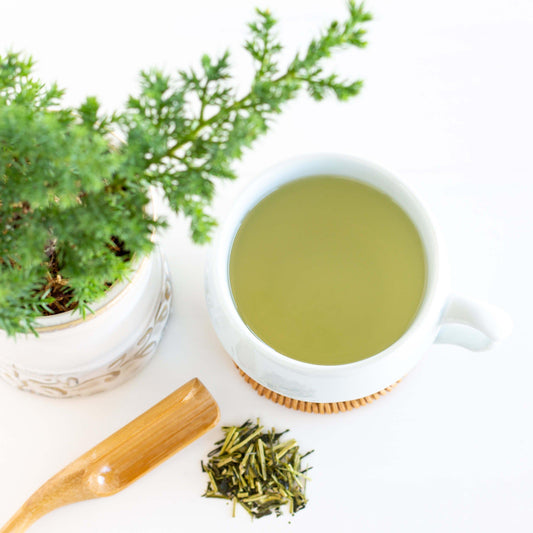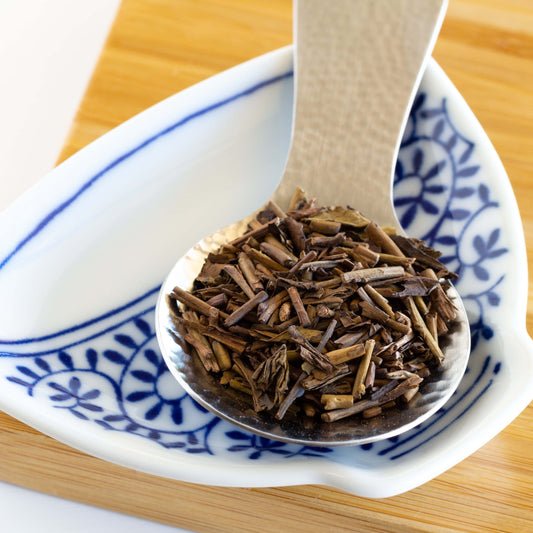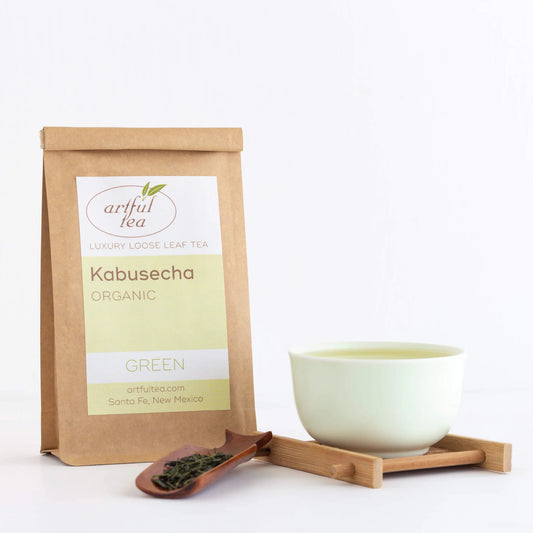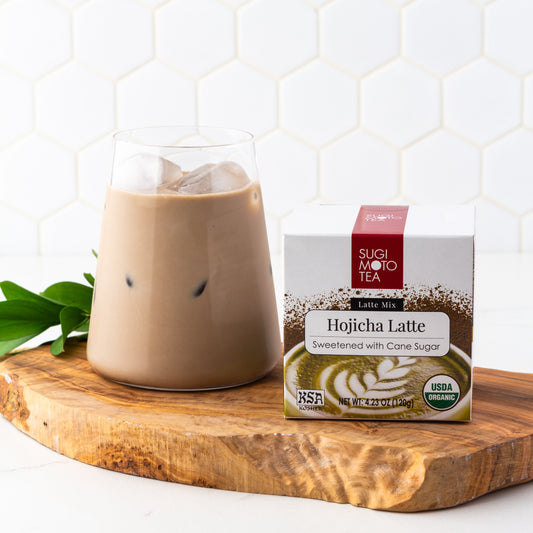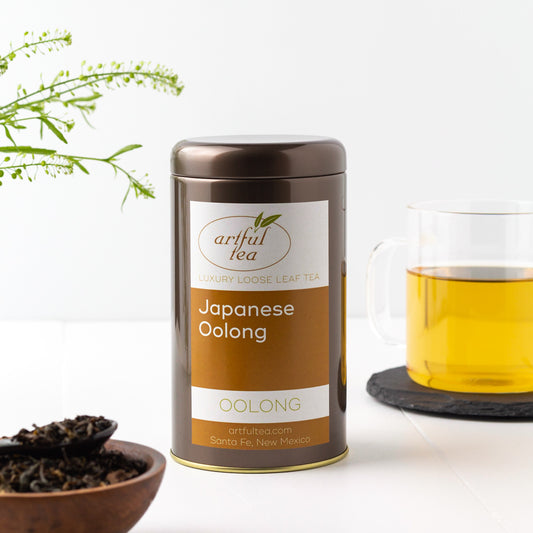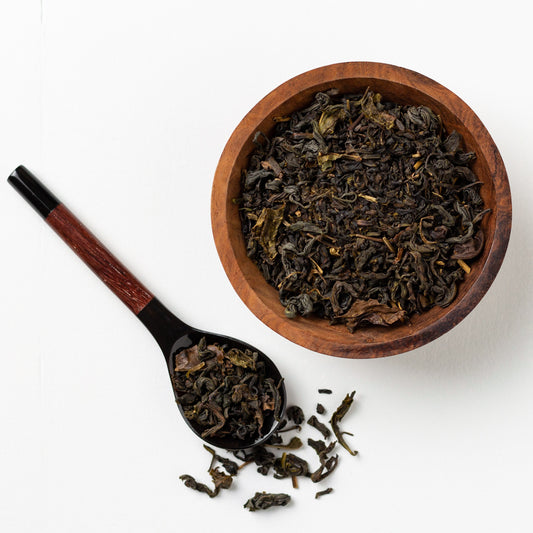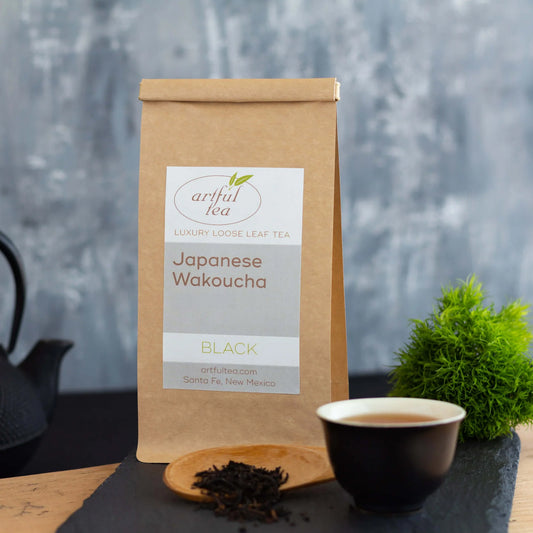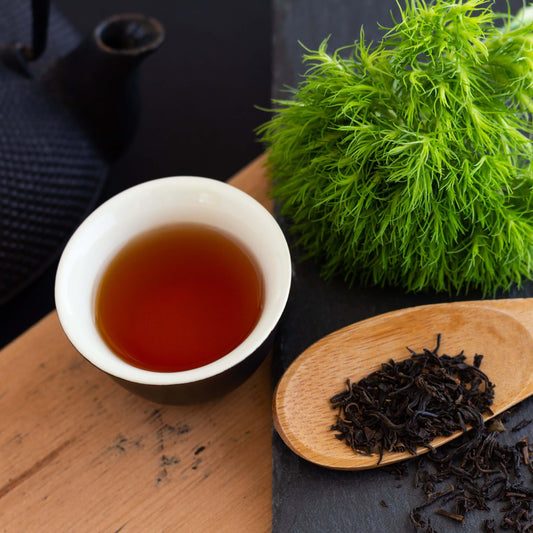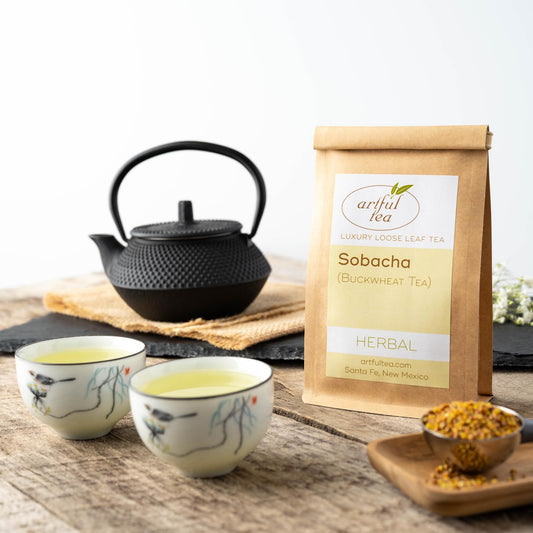Koridashi: Ice Brewing Tea the Japanese Way
You may have heard of cold-brewing tea, but have you heard of ice-brewing tea? Koridashi is a Japanese method of brewing tea by steeping tea leaves with melting ice cubes. This slow, meditative brewing process results in a tea with a mild, mellow flavor that emphasizes the umami notes present in tea and minimizes any bitterness or astringency.

What is koridashi?
Koridashi is a unique method of brewing tea that originated in Japan. Also known as ice-brewing or shinobicha, koridashi involves infusing tea leaves with ice cubes. As the ice slowly melts, the tea leaves infuse the water with flavor. Teas brewed using the koridashi method are often described as being sweeter and mellower. Koridashi is a refreshing way to brew ice-cold teas on hot days. Since it can take a while for the ice to melt, it’s also a way to slow down, relax, and enjoy the experience of making a cup of tea.
How to make tea using the koridashi method
Brewing tea using the koridashi method is very similar to cold-brewing tea, except that you use ice instead of cold water. You’ll need loose leaf tea leaves, ice cubs, and a cup or mug to steep the tea in. Whether you're exploring the tropics or just trying to cool off in the comfort of your own home, ice-brewing tea is a great way to enjoy your favorite teas and beat the heat!
1. Add your ice
The first step is to add ice to your teacup or mug. You should use ice made from filtered water for best results.
2. Measure your tea leaves
You should use the same amount of tea leaves for koridashi that you use to brew a regular cup of tea. In general, we recommend using one teaspoon of tea leaves for every six ounces of water or ice. Some specialty green teas, like Gyokuo or Kabusecha, you can use to up to one tablespoon of tea leaves for a stronger flavor.
3. Wait for the ice to melt
Waiting for the ice to melt is at the heart of the koridashi brewing method. While it may take some time for the ice to melt all the way, this gradual melting process is what gives tea prepared using the koridashi method its unique flavor.
4. Strain your tea
You can drink your tea straight from the mug you infused it in, but we recommend straining the infusion into a separate cup before enjoying.
FAQs about koridashi
What teas work best with koridashi?
Koridashi is traditionally used to brew Japanese green teas like Gyokuro, Kabusecha, Sencha, and Bancha. Because the koridashi emphasizes the sweet and umami notes naturally present in tea, it’s a great fit for umami-packed teas like shade-grown green teas. But that doesn’t mean you can’t use this method to prepare other types of teas! Feel free to try the koridashi method using white tea, black tea, or even herbal tea in addition to green tea.
What’s the difference between mizudashi and koridashi?
Mizudashi refers to brewing tea using cold water, while koridashi refers to brewing tea with ice. Mizudashi teas have a slightly stronger flavor, while teas brewed using the koridashi method are even milder and sweeter. Both methods are a great way to make iced tea during hot weather!
What’s the difference between cold brewing and ice brewing tea?
Cold brewing tea and ice brewing tea are both great ways to end up with a tasty cup of iced tea. Cold brewing tea typically takes a bit longer (we usually recommend cold-brewing tea for at least eight hours or overnight). Ice brewed tea tastes very similar to cold-brewed tea, but with an even milder flavor. Both cold brewed and ice brewed teas tend to be sweeter, mellower, and lower in caffeine than tea brewed using hot water.
